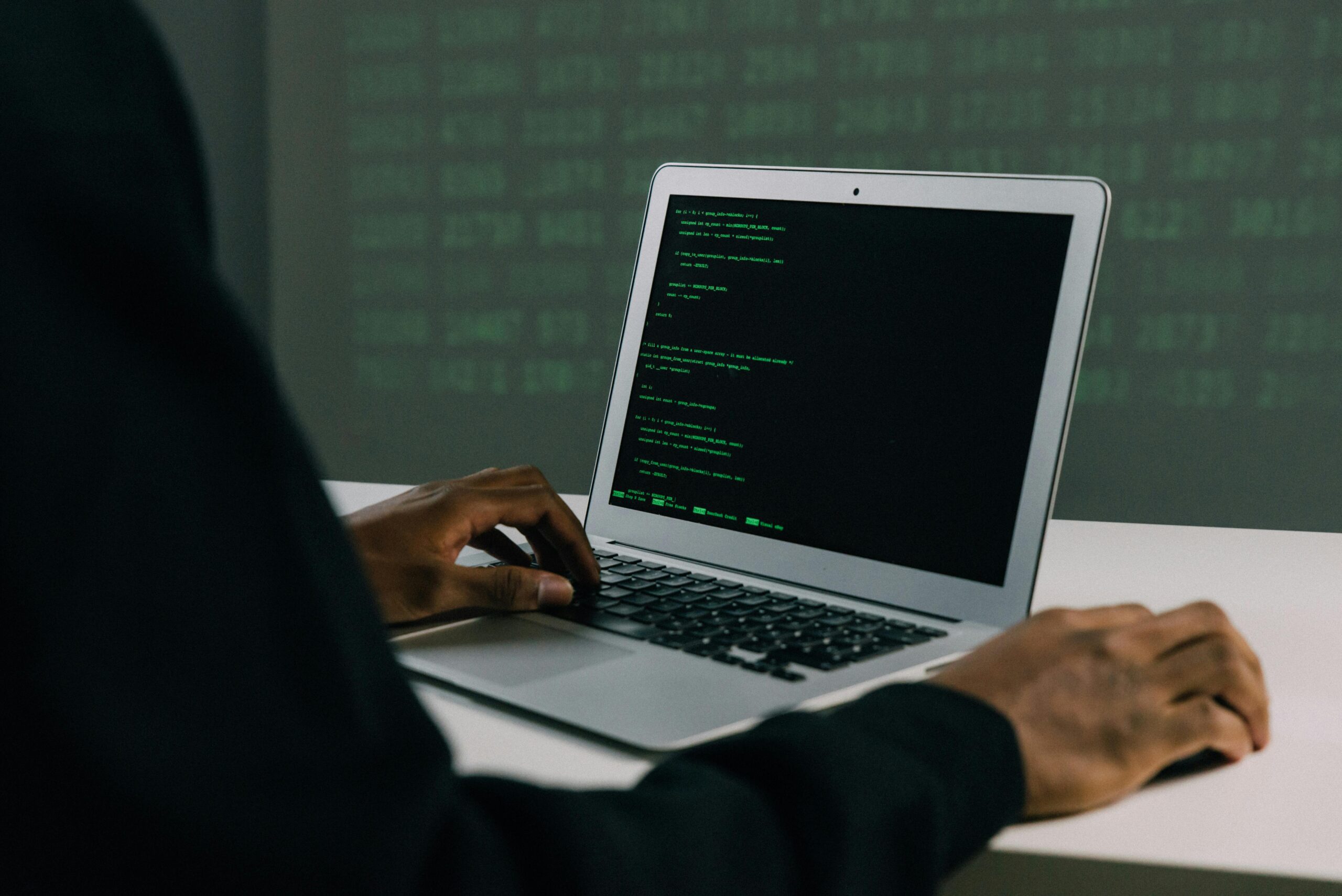In today’s interconnected world, cybersecurity is no longer just an IT concern; it’s a fundamental business imperative. As cyber threats become more sophisticated and scary, understanding how to identify and, more importantly, prevent breaches is critical for individuals and organizations alike. This weblog will delve into the essential strategies for improving your digital defenses in 2025 and beyond.
The Evolving Threat Landscape
Cybersecurity breaches, ranging from data theft and financial fraud to system disruption and reputational damage, are constantly evolving. In 2025, we’re seeing an increase in:
- AI-Powered Attacks: Adversaries leverage AI for more convincing phishing campaigns, faster vulnerability scanning, and autonomous malware development.
- Supply Chain Attacks: Targeting vulnerabilities in third-party software or services to infiltrate larger organizations.
- Ransomware-as-a-Service (RaaS): Lowering the barrier to entry for cybercriminals, leading to more frequent and diverse ransomware incidents.
- Sophisticated Social Engineering: Phishing, pretexting, and baiting tactics are becoming increasingly difficult to discern from legitimate communications.
- IoT Vulnerabilities: The proliferation of interconnected devices creates new entry points for attackers.
Identifying a Cybersecurity Breach: Early Warning Signs
Detecting a breach early is crucial for minimizing damage. While some breaches are immediately obvious, others can remain undetected for months. Be vigilant for these warning signs:
-
Unusual Network Activity
- Spikes in outbound traffic: Could indicate data exfiltration.
- Unfamiliar connections: Devices attempting to connect to unusual external IP addresses.
- Excessive login attempts from unknown locations: Brute-force attacks or compromised credentials.
- Slow network performance: Might be a symptom of a DDoS attack or covert data transfer.
NOTE: Occasionally, DoS can be self inflicted. For instance, when the Australian National Census went digital, people across the nation were asked to log onto an online form at the same designated time. This huge increase in traffic, although expected, brought the Census website to a standstill. Obviously, this example of DoS should have been prepared for and avoided by a proactive IT department.
1. Suspicious Account Behavior
-
- Locked accounts: Multiple failed login attempts.
- Password change notifications you didn’t initiate.
- Unrecognized logins: Activity logs showing access from unfamiliar devices or geographical locations.
- Missing or altered files: Especially in critical directories or cloud storage.
- Emails sent from your account that you didn’t compose.
2. System and Application Anomalies:
-
- Unexpected system crashes or reboots.
- New, unfamiliar programs or processes running.
- Antivirus software being disabled or not updating.
- Pop-up windows or redirects to suspicious websites.
- Unusual file names or extensions.
- Increased resource utilization (CPU, RAM) without explanation.
3. Alerts from Security Tools
-
- Endpoint Detection and Response (EDR) alerts.
- Security Information and Event Management (SIEM) system warnings.
- Intrusion Detection/Prevention System (IDS/IPS) notifications.
- Firewall alerts about blocked suspicious traffic.
4. External Notifications
-
- Alerts from financial institutions about unusual transactions.
- Notifications from customers or partners about suspicious emails from your domain.
- Being listed on dark web monitoring services (for compromised credentials).
5. Real-World Example of Cybersecurity Breaches
WannaCrypt ransomware was a global attack with over 50,000 systems hit and counting. The healthcare sector took the brunt of the attack with potentially devastating effects, as it attacks the ability to access the data so vital for timely medical aid.
How Can You Reduce The Risk Of Hacking?
Prevention is always better than cure. A robust cybersecurity posture relies on a multi-layered defense strategy that addresses technology, processes, and people.
1. Strengthen Your Digital Front Door: Access Management
- Strong, Unique Passwords: Enforce complex password policies (a mix of upper/lower case, numbers, symbols) and require regular changes. Encourage the use of password managers.
- Multi-Factor Authentication (MFA): Implement MFA for all accounts, especially for critical systems and cloud services. This adds an essential layer of security beyond just a password.
- Principle of Least Privilege (PoLP): Grant users only the minimum access necessary to perform their job functions. Regularly review and revoke unnecessary permissions.
- Regular Access Reviews: Periodically audit user accounts and permissions, especially for departed employees or those with changed roles.
2. Secure Your Software and Systems: Patching & Configuration
- Timely Software Updates & Patch Management: Keep all operating systems, applications, firmware, and security software up to date. Patch known vulnerabilities immediately. Enable automatic updates where possible.
- Secure Configurations: Harden systems by disabling unnecessary services, closing unused ports, and implementing secure default configurations.
- Endpoint Detection and Response (EDR) / Antivirus: Deploy reputable EDR solutions that provide real-time monitoring and threat detection on all devices. Regularly update definitions and perform scans.
- Firewalls: Implement and properly configure network firewalls to control incoming and outgoing traffic, blocking unauthorized access.
3. Protect Your Data: Backup & Encryption
- Regular Data Backups: Implement a comprehensive backup strategy (3-2-1 rule: 3 copies, 2 different media, 1 offsite) to ensure data recovery in case of a breach or ransomware attack. Test your backups regularly.
- Data Encryption: Encrypt sensitive data both at rest (on servers, hard drives) and in transit (over networks) to prevent unauthorized access if data is intercepted.
- Data Loss Prevention (DLP) Solutions: Implement DLP tools to monitor and control sensitive data, preventing its unauthorized transmission or use.
4. Secure Your Network: Monitoring & Segmentation
- Network Segmentation: Divide your network into smaller, isolated segments. This limits the lateral movement of attackers if one segment is compromised.
- Intrusion Detection/Prevention Systems (IDS/IPS): Deploy these systems to monitor network traffic for suspicious activity and block known threats.
- Security Information and Event Management (SIEM): Centralize and analyze security logs from various sources to detect anomalies and identify potential threats in real-time.
- Zero Trust Architecture: Adopt a Zero Trust model, which assumes no user or device can be trusted by default, regardless of whether they are inside or outside the network. Every access request is authenticated and authorized.
5. Empower Your People: Training & Awareness
- Cybersecurity Awareness Training: Conduct regular, mandatory training for all employees on recognizing phishing attempts, safe Browse habits, social engineering tactics, and reporting suspicious activities.
- Simulated Phishing Drills: Periodically conduct simulated phishing campaigns to test employee vigilance and reinforce training.
- Incident Response Plan Training: Ensure all relevant personnel understand their roles and responsibilities in the event of a security incident.
6. Proactive Measures & Incident Response
- Vulnerability Assessments & Penetration Testing: Regularly conduct these assessments to identify weaknesses in your systems and networks before attackers exploit them.
- Incident Response Plan: Develop, document, and regularly test a comprehensive incident response plan. This plan should outline steps for identification, containment, eradication, recovery, and post-incident analysis.
- Threat Intelligence: Subscribe to reputable threat intelligence feeds to stay informed about emerging threats, vulnerabilities, and attack vectors.
Final Words
Cybersecurity is an ongoing journey, not a destination. By implementing these proactive measures and fostering a culture of security awareness, individuals and organizations can significantly reduce their risk of falling victim to cybersecurity breaches and build a more resilient digital future.
Looking to train for cybersecurity? Choose CCI Training Center’s Cybersecuirty training course.




















